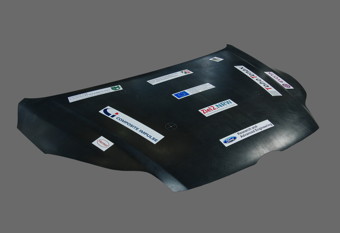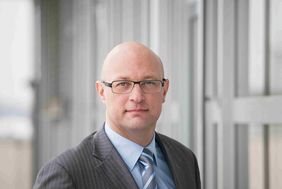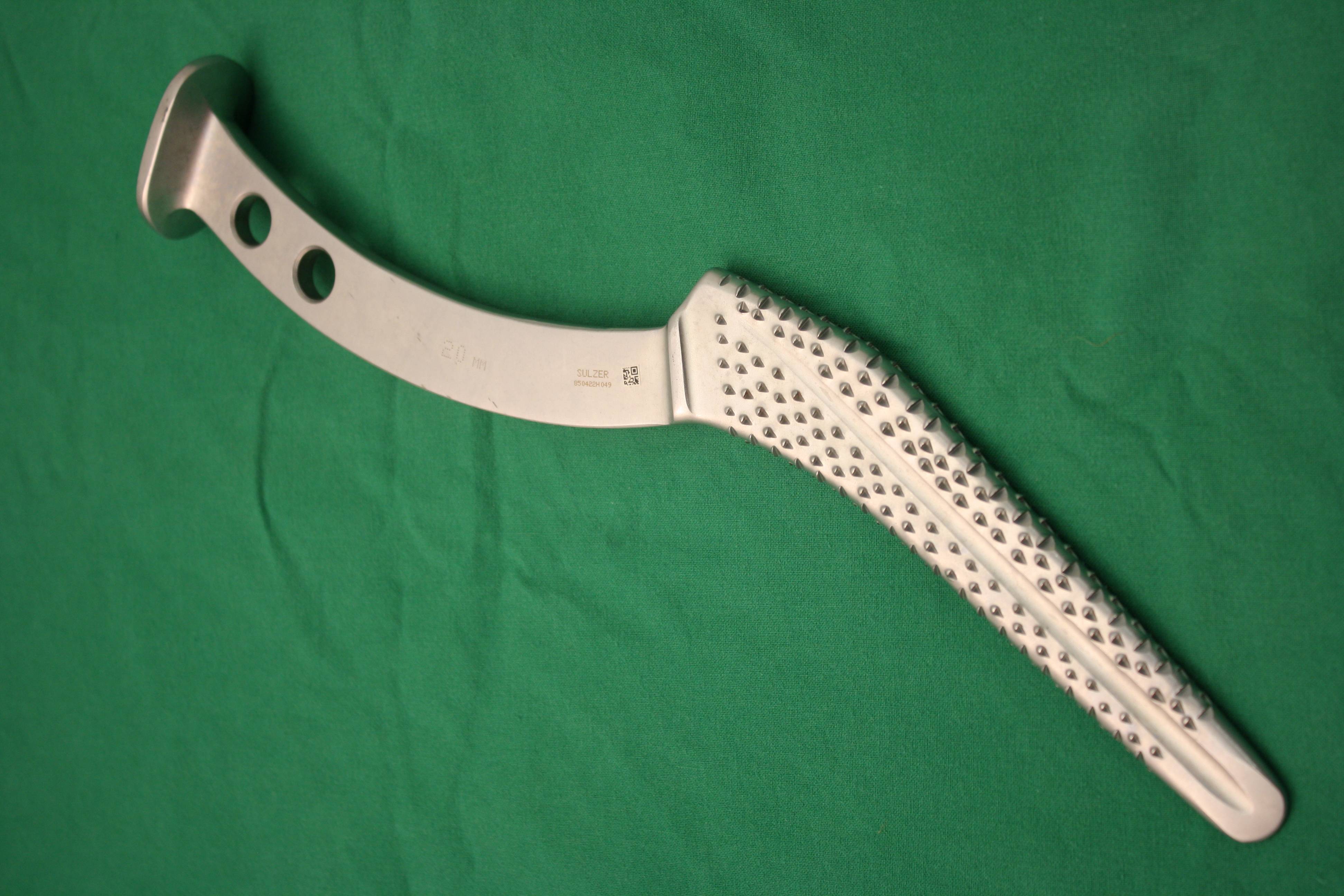 Improved design is a major goal of the newest model of one of the most effective treatments for sleep apnea, which affects one in five adults
Improved design is a major goal of the newest model of one of the most effective treatments for sleep apnea, which affects one in five adults
and correlates to diabetes and hypertension.
The latest model of the ResMed S9 series of sleep apnea devices make extensive use of high-flow, non-halogenated polycarbonate/acrylonitrile-butadiene-styrene (PC/ABS). Polycarbonate, which features excellent surface finish, is used for the top case and humidifier flip lid.
These resins “provided important advantages, including superior design flexibility and outstanding performance and usability,” said Gary Robinson, vice president, Supplier Alliance, at ResMed (San Diego, CA), which develops and manufactures devices to treat and manage respiratory disorders
The new devices use a concept called continuous positive airway pressure (CPAP) that was developed in 1980 by an Australian group headed by a professor named Colin Sullivan.
According to the American Sleep Association, CPAP is “the most popular and most successful treatment for obstructive sleep apnea”, which is defined as a condition in which air flow is restricted during breathing during sleep because the airway has become narrowed, blocked, or floppy.
CPAP devices generally deliver room air that acts like an “air splint” that helps keep the airway open. CPAP prevents airway closure by pushing throat tissues open.
The new models feature climate control and built-in controls that detect the beginning of exhalation and make appropriate changes to motor speed to improve patient comfort, according to ResMed.
Another goal of the new model’s control unit is to be unobtrusive in the home – looking more like a clock radio or stereo than a piece of medical equipment.
The resin supplier (Sabic Innovative Plastics; Pittsfield, MA) also provided color matching services and helped ResMed to optimize molding processes. The Cycoloy PC/ABS chassis was custom-colored dark-gray. The material provides flame retardance without the use of materials that would hinder meeting the requirements of the European Union’s (EU) Restriction of Hazardous Substances (RoHS) and Waste Electrical and Electronic Equipment (WEEE) directives.
According to ResMed’s 10k annual report filed with the Securities and Exchange Commission, substantially all of its manufacturing takes place outside of the United States.
Source : www.plasticstoday.com







